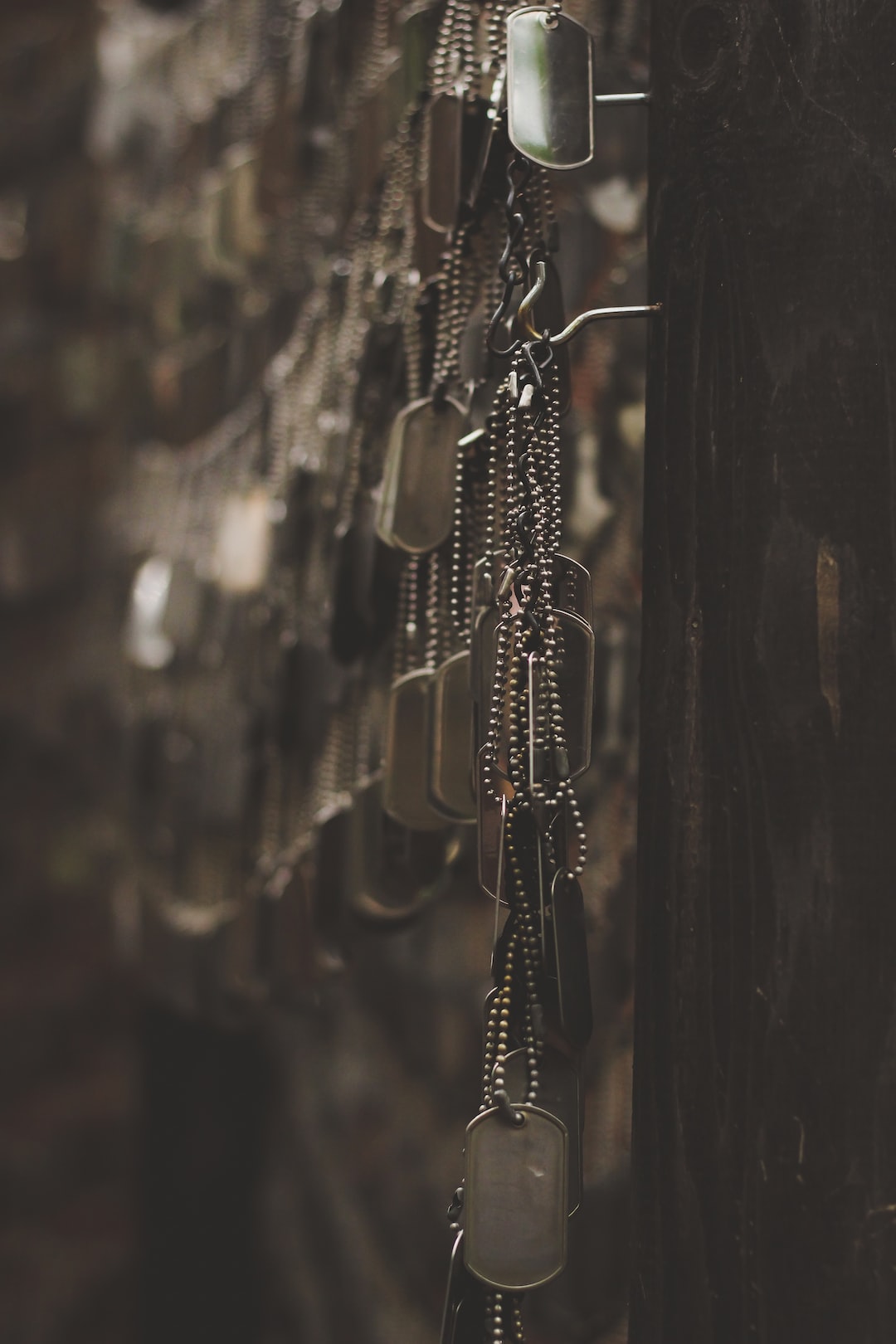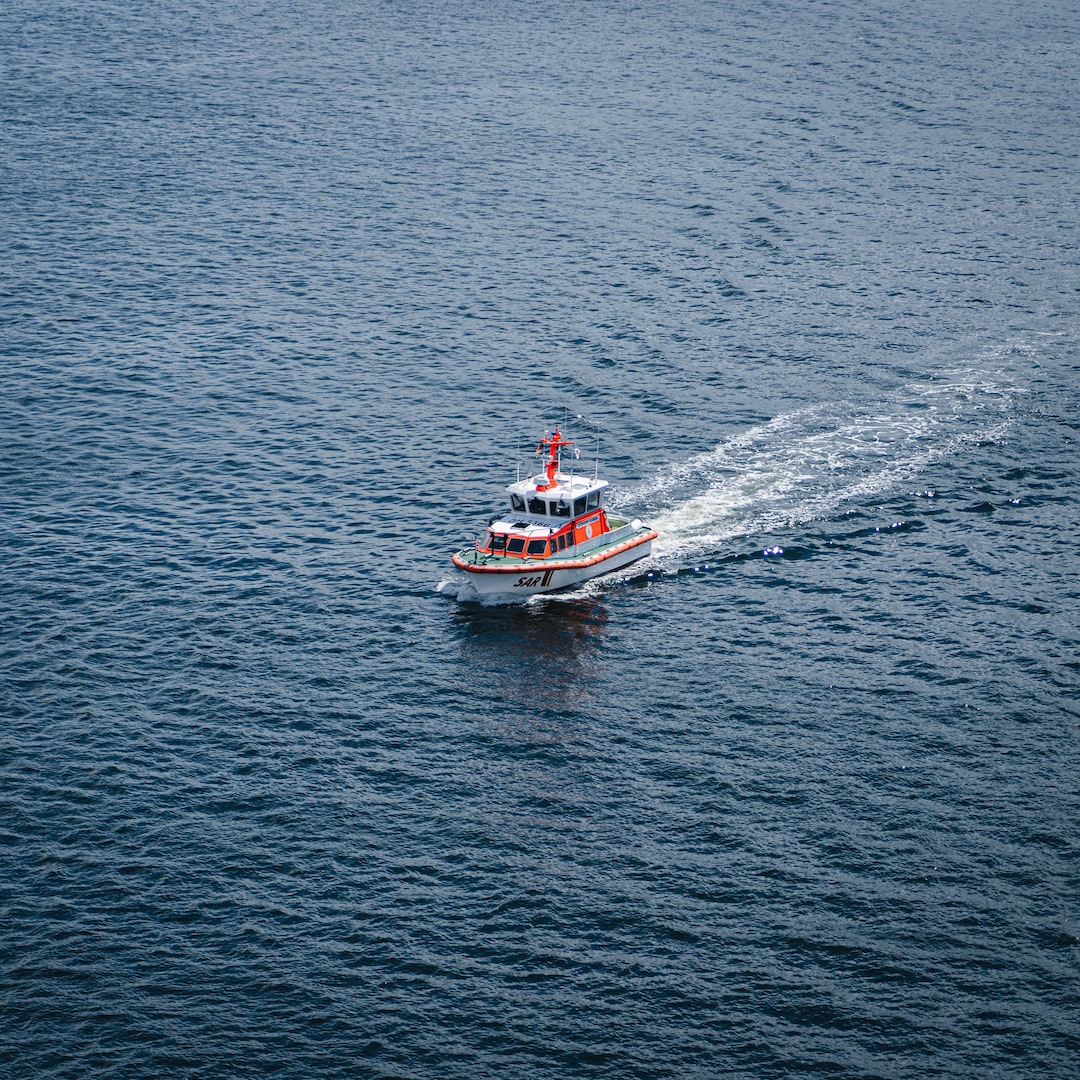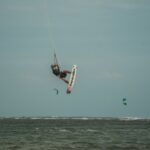Support our hydrofoil educational content for free when you purchase through links on our site. Learn more
[2023] Military Hydrofoil Boat: The Ultimate Guide to Naval Speed and Agility
Quick Answer: Military hydrofoil boats are high-speed vessels used by navies around the world for various purposes, including patrol, surveillance, and interdiction. These boats are equipped with hydrofoils, which lift the hull out of the water, reducing drag and increasing speed. Notable military hydrofoil boats include the Pegasus-class and the Soviet Komar-class. Check out the top military hydrofoil boats on Amazon and Walmart.
Ahoy there, hydrofoil enthusiasts! Today, we're diving deep into the world of military hydrofoil boats. These remarkable vessels combine speed, agility, and cutting-edge technology to dominate the high seas. Whether you're a military history buff or simply curious about the incredible capabilities of these boats, this guide has got you covered. So, buckle up (or should we say "foil up") and get ready for an exhilarating ride!
Table of Contents
- Quick Answer
- Quick Tips and Facts
- History
- Notable Military Hydrofoil Boats
- Advantages of Military Hydrofoil Boats
- Disadvantages of Military Hydrofoil Boats
- FAQ
- Conclusion
- Useful Links
- Reference Links
Quick Tips and Facts
Before we dive into the fascinating world of military hydrofoil boats, here are some quick tips and interesting facts to get you started:
-
Hydrofoils: Military hydrofoil boats are equipped with hydrofoils, which are wings or fins mounted underneath the hull. These hydrofoils generate lift as the boat gains speed, raising the hull out of the water and reducing drag.
-
Speed: One of the main advantages of military hydrofoil boats is their incredible speed. These vessels can reach speeds of up to 60 knots (69 mph or 111 km/h), allowing for swift maneuvers and rapid response times.
-
Agility: The hydrofoil design enables military boats to navigate through rough waters with ease. The lifting action of the hydrofoils reduces the impact of waves, providing a smoother and more stable ride.
-
Stealth: Military hydrofoil boats are designed to operate quietly, making them ideal for surveillance and covert operations. The reduced contact with the water minimizes noise and vibration, enhancing their stealth capabilities.
-
Multipurpose: These boats are employed for a range of military operations, including patrol, surveillance, interdiction, and special forces operations. Their versatility makes them a valuable asset in various naval scenarios.
Now that we've dipped our toes in the water, let's take a deep dive into the history of military hydrofoil boats.
History
The concept of hydrofoil technology dates back to the early 20th century, but it wasn't until the mid-20th century that it gained significant attention in the military world. The United States Navy and the Soviet Union were at the forefront of developing military hydrofoil boats during the Cold War.
The U.S. Navy's interest in hydrofoils began in the 1950s when they collaborated with private companies to test and develop prototypes. In the 1960s, the Pegasus-class hydrofoil boats were introduced, which became the first operational military hydrofoil vessels. These boats were used for patrol, surveillance, and anti-submarine warfare.
On the other side of the Iron Curtain, the Soviet Union developed the Komar-class hydrofoil boats. These vessels were armed with anti-ship missiles and torpedoes, making them a formidable threat to enemy naval forces. The Soviet Union also experimented with larger hydrofoil ships, such as the Raketa-class, which could carry troops and equipment.
While the Cold War era saw significant advancements in military hydrofoil technology, the use of these boats gradually declined in the late 20th century. However, they still play a role in some naval operations today. Now, let's explore some notable military hydrofoil boats in more detail.
Notable Military Hydrofoil Boats
Pegasus-class
The Pegasus-class hydrofoil boats were the pioneers of military hydrofoil technology. Developed by the United States Navy, these vessels were in service from the 1970s to the early 1990s. The Pegasus-class boats were primarily used for patrol and surveillance missions.
Key Features:
-
Speed: The Pegasus-class boats could reach speeds of up to 48 knots (55 mph or 89 km/h), allowing for rapid response and interception.
-
Armament: These boats were armed with a combination of torpedoes, missiles, and machine guns, providing offensive capabilities.
-
Surveillance Systems: The Pegasus-class boats were equipped with advanced radar and sonar systems, enhancing their surveillance capabilities.
Check price on Amazon and Walmart.
Komar-class
The Komar-class hydrofoil boats were developed by the Soviet Union during the Cold War. These vessels were known for their speed and offensive capabilities, making them a significant threat to enemy ships.
Key Features:
-
Speed: The Komar-class boats could reach speeds of up to 50 knots (58 mph or 93 km/h), allowing for swift attacks and evasive maneuvers.
-
Armament: These boats were armed with Styx anti-ship missiles, which had a range of approximately 46 miles (74 km).
-
Stealth: The hydrofoil design of the Komar-class boats reduced their radar signature, making them difficult to detect.
Check price on Amazon and Walmart.
Other Notable Military Hydrofoil Boats
-
Raketa-class: Developed by the Soviet Union, the Raketa-class hydrofoil boats were larger vessels capable of carrying troops and equipment.
-
Sovremenny-class: While not exclusively a hydrofoil boat, the Soviet Sovremenny-class destroyers incorporated hydrofoil technology to improve their speed and maneuverability.
Now that we've explored some notable military hydrofoil boats, let's weigh the pros and cons of these high-speed vessels.
Advantages of Military Hydrofoil Boats
Military hydrofoil boats offer several advantages that make them a valuable asset in naval operations. Here are some of the key benefits:
-
Speed and Maneuverability: Hydrofoil technology allows these boats to achieve remarkable speeds and maneuverability, making them highly effective in intercepting targets and evading threats.
-
Reduced Drag: The lifting action of the hydrofoils reduces the contact between the hull and the water, resulting in reduced drag and increased efficiency. This allows for higher speeds and improved fuel economy.
-
Stability and Comfort: The hydrofoil design provides enhanced stability, allowing the boat to glide smoothly over waves. This improves crew comfort and reduces the risk of seasickness.
-
Stealth Capabilities: The reduced contact with the water minimizes noise and vibration, making military hydrofoil boats ideal for stealth operations and surveillance missions.
-
Versatility: These boats can perform various roles, including patrol, surveillance, interdiction, and special forces operations. Their versatility makes them adaptable to a wide range of naval scenarios.
While military hydrofoil boats offer numerous advantages, it's important to consider the potential drawbacks as well. Let's take a closer look.
Disadvantages of Military Hydrofoil Boats
-
Cost: The development, construction, and maintenance of military hydrofoil boats can be expensive. The specialized technology and components required for hydrofoil operation contribute to their higher cost compared to conventional vessels.
-
Complexity: Hydrofoil systems are complex and require skilled operators and technicians. The training and maintenance of these systems can be demanding and time-consuming.
-
Sea State Limitations: While hydrofoil boats excel in calm and moderate sea conditions, they may experience limitations in rough waters. High waves and strong winds can affect the performance and stability of hydrofoil vessels.
-
Maintenance Challenges: The hydrofoil system requires regular maintenance and inspections to ensure optimal performance. The unique design and components of the hydrofoils can present challenges in terms of accessibility and repair.
Despite these potential challenges, military hydrofoil boats continue to play a role in naval operations, thanks to their unique capabilities. Now, let's address some frequently asked questions about military hydrofoil boats.
FAQ

Q: Does the military use hydrofoils?
A: Yes, the military has used hydrofoil technology in various capacities. Military hydrofoil boats have been employed for patrol, surveillance, interdiction, and special forces operations. While their use has declined in recent years, hydrofoil boats still offer unique advantages in certain naval scenarios.
Q: Why doesn't the military use hydrofoils more frequently?
A: While military hydrofoil boats offer several advantages, there are also practical considerations that limit their widespread use. Factors such as cost, maintenance requirements, sea state limitations, and the availability of alternative technologies influence the decision to deploy hydrofoil boats in military operations.
Q: How fast was the US Navy hydrofoil?
A: The Pegasus-class hydrofoil boats used by the U.S. Navy could reach speeds of up to 48 knots (55 mph or 89 km/h). Their impressive speed allowed for rapid response and interception capabilities.
Q: Are there any modern military hydrofoil boats?
A: While the use of military hydrofoil boats has declined in recent years, there are still some modern vessels that incorporate hydrofoil technology or similar concepts. These boats may not be exclusively hydrofoil-based but utilize hydrofoil systems to enhance their speed and maneuverability.
Now that we've answered some burning questions about military hydrofoil boats, let's wrap up our journey with a few concluding thoughts.
Conclusion
Military hydrofoil boats have left an indelible mark on naval history, showcasing the incredible speed, agility, and versatility that hydrofoil technology offers. From the pioneering Pegasus-class to the formidable Komar-class, these vessels have played vital roles in naval operations around the world. While the use of military hydrofoil boats has decreased over time, their unique capabilities continue to make them an intriguing option for certain military scenarios.
So, whether you're an avid naval enthusiast or simply fascinated by the wonders of hydrofoil technology, we hope this guide has provided you with a comprehensive understanding of military hydrofoil boats. Remember, the world of hydrofoiling doesn't end here! Dive deeper into the world of hydrofoil boarding on Hydrofoiling™, your go-to source for all things hydrofoil.
Useful Links

- Shop military hydrofoil boats on Amazon and Walmart
- Explore hydrofoil boarding gear on Amazon and Walmart
- Discover more about hydrofoil technology on Hydrofoiling™
- Check out books about hydrofoil technology on Amazon
Reference Links






